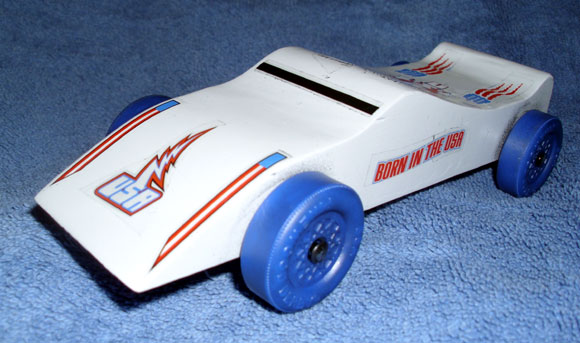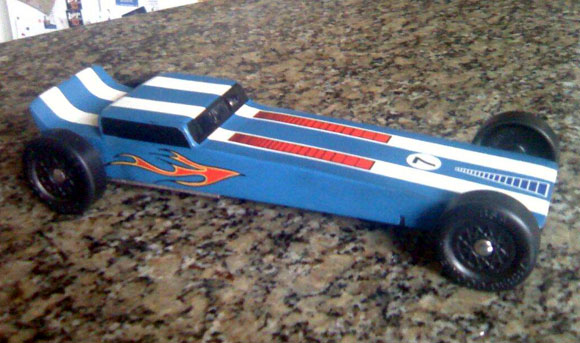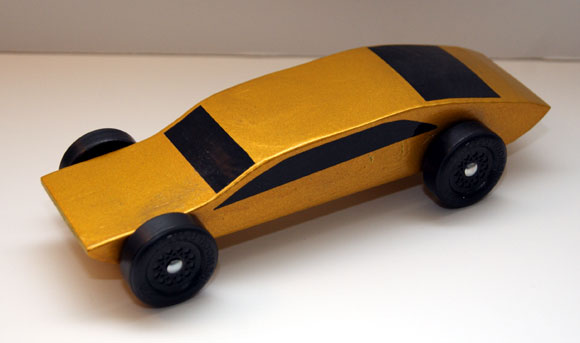Editor's Notes
Welcome to the New Pinewood Derby Season
It's fall, and time for the new pinewood derby season again. I'm
looking forward to an exciting race season, and I hope you are too.
Here at Maximum Velocity we have developed some great new products to
help you be successful in your upcoming races. Some of our new
products are:
New Car Kits - We have introduced four new car kits, the NitroRail,
the Assimilator, the Cobra, and the Stallion. The NitroRail is also
included as one of our popular kit bundles. Car Plans 7 - Our newest plan booklet includes the Predator,
Assimilator, and Vaccinator. Car Parts - We had a set of high-quality plastic car parts made to
our specifications. They are light weight, paintable, and sharp
looking. Wheel Go/No-go Gauge - Now you can inspect for wheel OD and tread
width in a accurate, repeatable way. This affordable gauge is a must
for all inspection committees. MV Speed Wheels - Our popular MV wheels are now even faster.
Machined by Derby Worx, these wheels only weigh one gram for the
fastest performance. Cobalt Split Point #44 drill bits - Without question, these are the
best bits for drilling accurate axle holes. The split point ensures
that the drill bits don't "wander", greatly increasing the accuracy of
the hole.
To see all of the new items, please
Click Here
|
 |
Inventory Clearance Sale
We currently have all of our printed Car Plans booklets, several kits,
and other items on sale. Click Here to find our clearance items. Don't miss out on the great prices.
Can We Help?
If we can help you in any way with your pinewood derby project, or if you have any feedback regarding this newsletter, please contact us at: [email protected]
|












